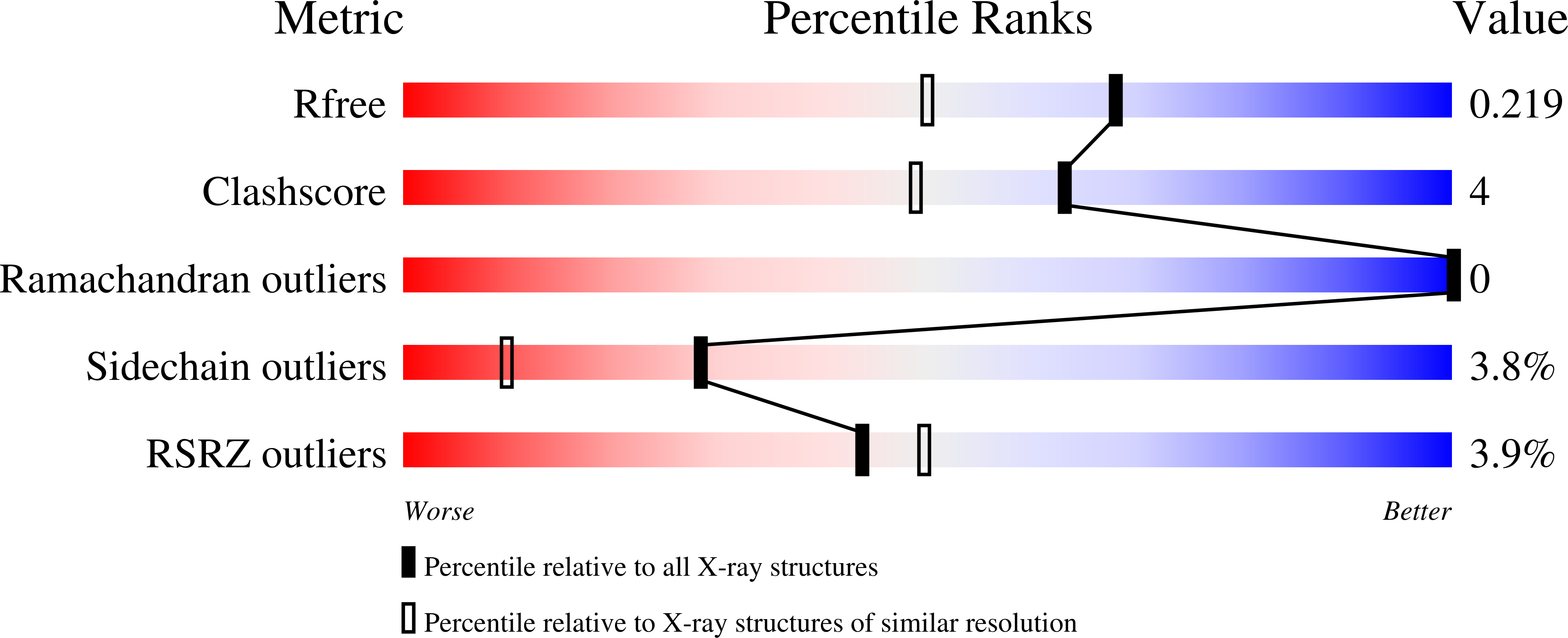
Deposition Date
2024-08-17
Release Date
2025-01-29
Last Version Date
2025-04-02
Entry Detail
PDB ID:
9GI7
Keywords:
Title:
Hen Egg-White Lysozyme (HEWL) complexed with a Lindqvist-type hexavanadate (V6-OH) polyoxometalate
Biological Source:
Source Organism:
Gallus gallus (Taxon ID: 9031)
Method Details:
Experimental Method:
Resolution:
1.76 Å
R-Value Free:
0.21
R-Value Work:
0.17
R-Value Observed:
0.17
Space Group:
P 43 21 2


